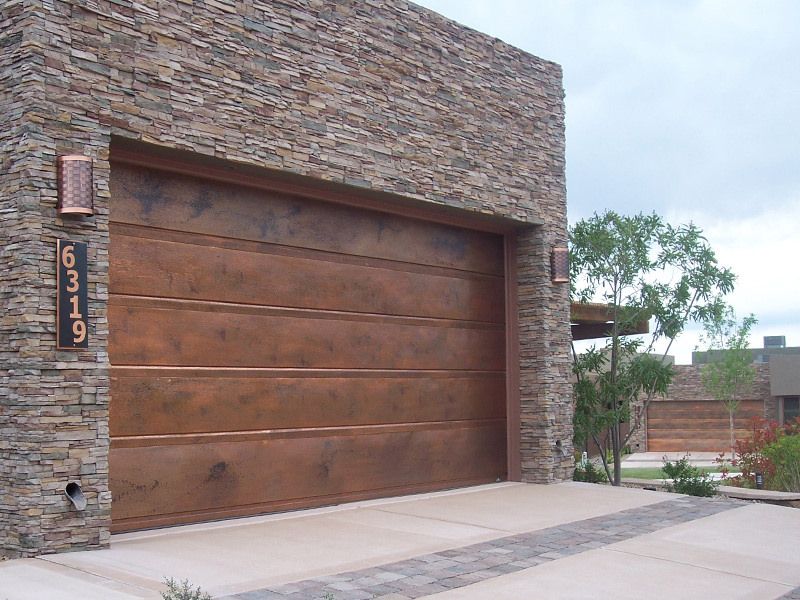
Garage Doors and Parts – Troubleshooting common garage door motor problems can help prevent further damage and restore functionality. A garage door motor is an essential part of your system, allowing the door to open and close smoothly. When issues arise, it’s crucial to identify the root cause quickly. Below are some common motor-related problems and their solutions.
If your garage door motor is unresponsive, the first thing to check is the power supply. Ensure the garage door opener is plugged in. Sometimes, the outlet may have a blown fuse or tripped circuit breaker. If the motor is still unresponsive, check if the remote batteries are working. A faulty remote or malfunctioning keypad could also cause the motor to not respond.
Another common cause is a broken gear in the motor. Over time, gears can wear out and cause the motor to fail. Inspect the motor for visible signs of wear or damage. If the gear is damaged, it will need to be replaced.
A noisy garage door motor can be a sign of several issues. One possibility is a lack of lubrication on the moving parts. The garage door chain or belt drive may require proper lubrication to reduce friction. Use a silicone-based lubricant and avoid over-applying it. If the motor itself is making unusual sounds, it could be an indication of worn-out parts or debris inside the motor.
Additionally, check the rollers and tracks for dirt or debris. This can also cause friction and noise when the motor operates. Clean the tracks regularly to ensure smooth operation. If noise persists, it’s best to consult a professional to inspect the motor for internal issues.
“Read about: Magnetic Tool Holders for Garage Doors: A Game-Changer for Organizing Your Tools”
When a garage door motor stops halfway through its cycle, it is often due to a problem with the limit switch. The limit switch determines how far the door travels before it stops. If the switch is misadjusted, the door may stop unexpectedly. You can adjust the limit switch by referring to your garage door opener’s manual.
Another possible cause is an obstruction in the tracks. If there is something blocking the path, the motor may stop to prevent damage. Inspect the tracks for any debris or objects that could interfere with the door’s movement.
If the motor runs but the door doesn’t move, it may be a sign of a broken chain, belt, or cable. The garage door’s lifting mechanism relies on these components to lift the door. If any of these parts break or become detached, the motor will run, but the door will remain stationary.
To troubleshoot this issue, first, check the cables and tracks for visible damage or signs of wear. If you notice any broken or frayed cables, they will need to be replaced immediately. A professional technician may be needed to fix this issue safely.
A motor that runs too slowly can indicate an issue with the motor itself or the power supply. Start by checking the motor for overheating. If the motor has been running for a long time, it may overheat and slow down. Allow the motor to cool down and check if the issue persists.
Additionally, check if the garage door is properly balanced. An unbalanced door puts extra strain on the motor, causing it to operate slowly. If you suspect the door is unbalanced, it’s important to have it adjusted by a professional.
“Read more: How Food Delivery Apps Are Changing the Restaurant Business”
If the garage door motor is not responding to the remote control, the issue may lie with the remote or the motor’s receiver. First, replace the batteries in the remote to ensure it’s functioning properly. If this doesn’t solve the issue, the receiver on the motor may have malfunctioned. In this case, reprogramming or replacing the motor’s receiver may be necessary.
Also, check for interference in the signal. Other devices in the area, such as wireless routers or heavy electronics, can cause signal interference, affecting the communication between the remote and the motor.
The drive gear is a crucial component of the garage door motor. If it becomes worn or broken, the motor will fail to operate properly. The most common symptoms of a faulty drive gear include grinding noises, the motor running without moving the door, or the door failing to respond altogether.
To fix a worn or broken drive gear, the motor assembly may need to be disassembled. In this case, it is recommended to hire a professional technician, as dealing with garage door motors can be dangerous.
Maintaining and troubleshooting common garage door motor problems is essential to ensure smooth operation. Regular inspection and maintenance can help extend the lifespan of your garage door motor and prevent major malfunctions. When problems arise, identifying the cause early and addressing it promptly will save you time and money on costly repairs.
This website uses cookies.